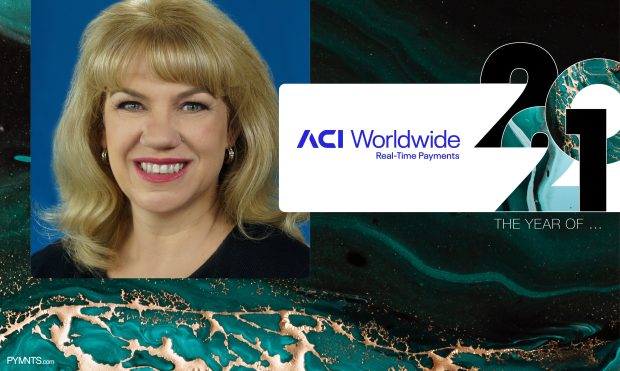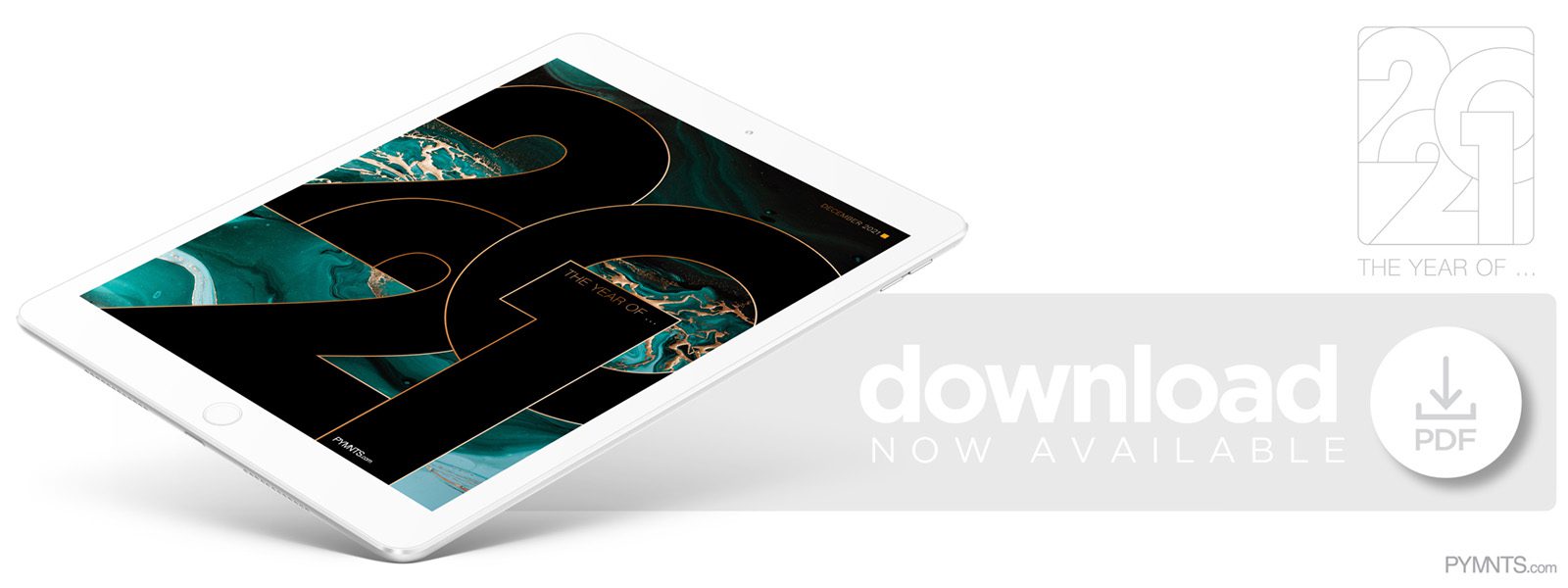ACI: 2021 was the Year of the 3Cs

In a year defined by the COVID pandemic, two other Cs also moved to the forefront of consumers’ minds in 2021: convenient and contactless. Debbie Guerra, executive vice president, merchant payments at ACI, says those trends will continue to break down old consumer habits and transform the retail experience. Read her thoughts in the PYMNTS eBook, “In a Word: 50 Thought Leaders Sum Up 2021.”
It’s hard to sum up 2021 in just one word. It’s been a rollercoaster year that’s seen lockdown lows and bounce-back highs.
Like its predecessor, it’s a year that has ultimately been defined by COVID — the one word that has ruled all others. But it also brought two other words to the fore: convenience and contactless. Together, these 3Cs have transformed payments behavior, acceptance and innovation.
COVID has been both a growth disruptor and a change accelerator. It squeezed many retailers so hard that they were forced to either close, consolidate or crank up their investment in digitalization as consumers moved online and workers stayed at home.
For consumers, it broke down entrenched habits, especially those of older generations who, left with no alternative, took to eChannels in droves. Mobile apps proliferated and new ecosystems sprung up to power digital spending, from social buying to hybrid curbside and click-and-collect services.
For example, our recent research on grocery consumers found out that the online grocery shopping motives shifted from COVID concerns to convenience during the latter part of the year. More than three-quarters of those who increased their use of digital grocery shopping channels said they did so because digital channels provide an easier, more convenient way to shop, which represents a reversal from October 2020, when the greater share of digital shoppers — 64% — cited concerns about the virus.
COVID hit workers in the gig economy and forced many into further furlough. As a result, buy now, pay later (BNPL) and flexible payments became even more attractive to those looking to spread costs or stay clear of credit card fees. Meanwhile, alternative payments like PayPal thrived, as new eCommerce shoppers, anxious about payment security, sought to protect their payment details when spending online.
As the world went digital, many of the services introduced to keep customers safe during the pandemic also reset shopping expectations around convenience.
From faster delivery and one-click purchase, to buy online and pay in-store (BOPIS), customers now expect more speed and less friction — across every demographic. They also want to move between channels with greater ease, browsing, choosing and paying where and however they want. More than ever, payments must be seamless and effortless.
To help them rise to the challenge, many retailers are choosing multiacquirer solutions — not only to optimize checkout choice, but also to achieve faster processing with fewer declines so they can keep conversion high for convenience-oriented audiences.
Finally, you can’t talk 2021 payments without shining the spotlight on contactless. The big winner in the physical payments stakes must be tap and go (payments and other contactless POS technologies). Keeping buyers and retail staff distanced and safe at the point of sale, it has become the new norm. Contactless transactions have finally usurped cash, which is no longer the primary payment method for low-value purchases.
Consequently, many consumers no longer carry cash and many retailers no longer accept it. The rise in payment thresholds means the share of contactless payments at the checkout will continue to rise, and methods such as digital and mobile wallets could threaten to reduce the card market’s dominance.
All three Cs — COVID, convenience and contactless — will continue to drive change in 2022. The desire to mitigate one while optimizing the others will require even better connectivity between payments and services, closer collaboration between partners and providers, and the harnessing of payment technologies — including artificial intelligence (AI), machine learning (ML) and anti-fraud — to ensure more personalized and safer experiences, whatever the channel.

